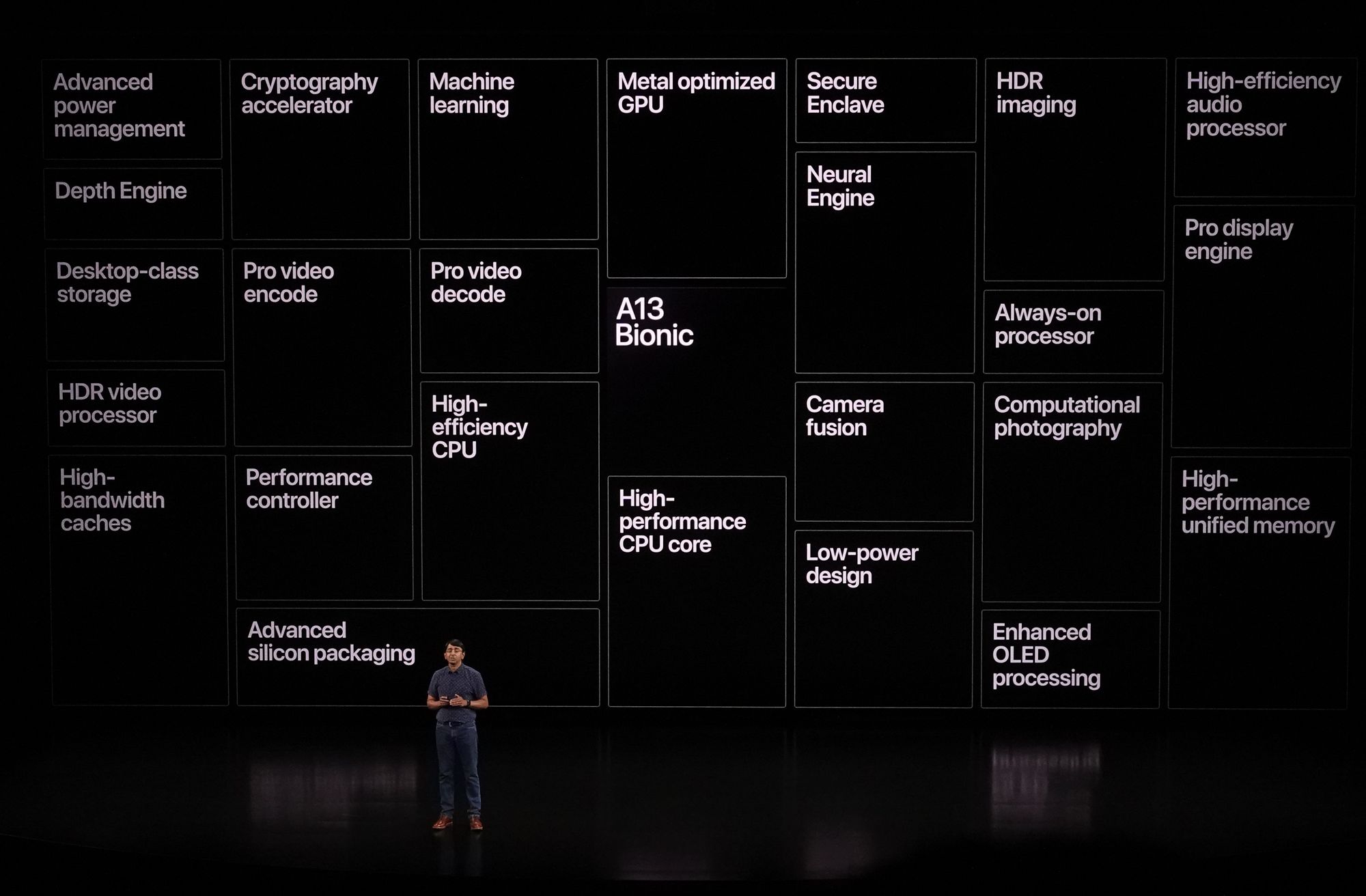Soon, Apple will launch a Mac without Intel. It’ll have an Apple designed CPU built to dramatically exceed Intel’s performance-per-watt capabilities. It’ll be fast and fan-less but incredibly controversial.
The challenge won’t be in building this device. We know that Apple’s silicon team have put their competitors at Qualcomm to shame. Google are acutely aware of Apple’s dominance and appear to be planning their own chips. The challenge will be marketing a device with an architecture that deems existing apps incompatible.
There will no doubt be an emulation layer for x86 apps to run like normal, but that will not drive headlines. Imagine the headlines after WWDC 2021: Apple Launches Mac That Only Runs iPhone Apps, Apple’s New Mac Can’t Play Games, £999 MacBook Won’t Run Word. It will scare the people who will benefit most from incredible battery life and silent operation.
The first ARM Mac won’t be a ‘pro’ device. It will take time for Adobe and Apple to have native ARM versions of their enterprise level programs. It will be a consumer MacBook, thin and designed to showcase the benefits of ARM. I fully expect it to revive the MacBook line; previously damned by an unreliable keyboard and confusing price point.
But the target market for an entry level MacBook are not people who know the difference between ARM and x86. They are people that just want a good laptop. Yet Apple still want to show just how powerful their own processors are to those who do know and do care.

With iPhone, Apple can do this with the camera. The A13 in the latest iPhones is an extremely powerful chip, but it manifests itself in making the camera perform so well. It is an easy upgrade to grasp. How can Apple show the power of their new laptops in a single feature that everyone can understand?
Maybe it will be in allowing all iPad and iPhone apps to run out of the box. Playing 4K video in a native Netflix app, for example. This would, however, create a bad user experience where touch UIs designed for phone displays are clunky and unoptimised.
Maybe it will be with a high refresh rate, ProMotion 120Hz screen that literally makes actions on the screen happen faster.
Maybe it will be with AAA exclusive Apple Arcade games.
Or a new version of macOS could come with a fresh interface carrying iOS paradigms.
More likely, the silent MacBook will be as thin as an iPad and have a battery that lasts days. But still, if it can’t run Word, customers will run scared.
Perhaps the answer is the courage that let Apple remove the headphone jack from the iPhone 7. Consumers and reviewers were angry; perhaps even Apple sold fewer iPhones that year than their potential, but the iPhone 7 was a stopgap device designed to prepare users for the iPhone X. If the iPhone X — Apple’s radical redesign and most expensive iPhone ever — had been the first to have no headphone jack, that omission would have run the headlines. So Apple did it a year early, even if the world wasn’t ready.
Maybe in a few weeks, at 2020’s online only WWDC, Apple will announce an ARM MacBook. A year too early and without compatible applications, or without a real reason to do so. Maybe it will be an update to the iMac with the same design that we have had since 2013. Apple should bite the bullet early, take the criticism in a device that isn’t significantly better than their current lineup.
Then the next year, when the ecosystem is ready, when people understand emulation and it is clear that ARM apps can be better than their old counterparts, Apple can release something special: the future of the MacBook.
